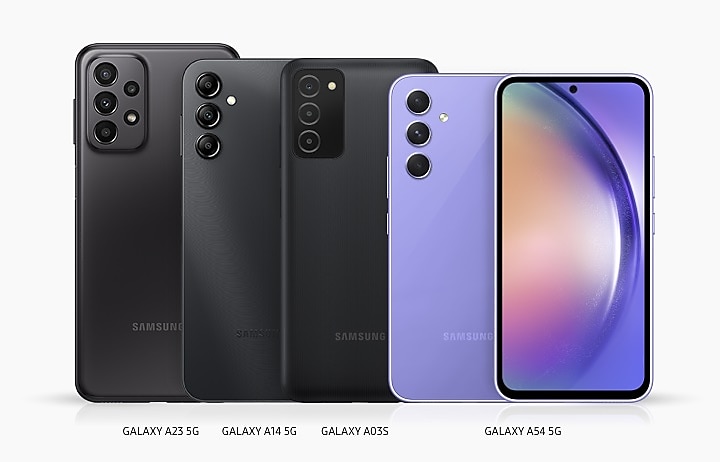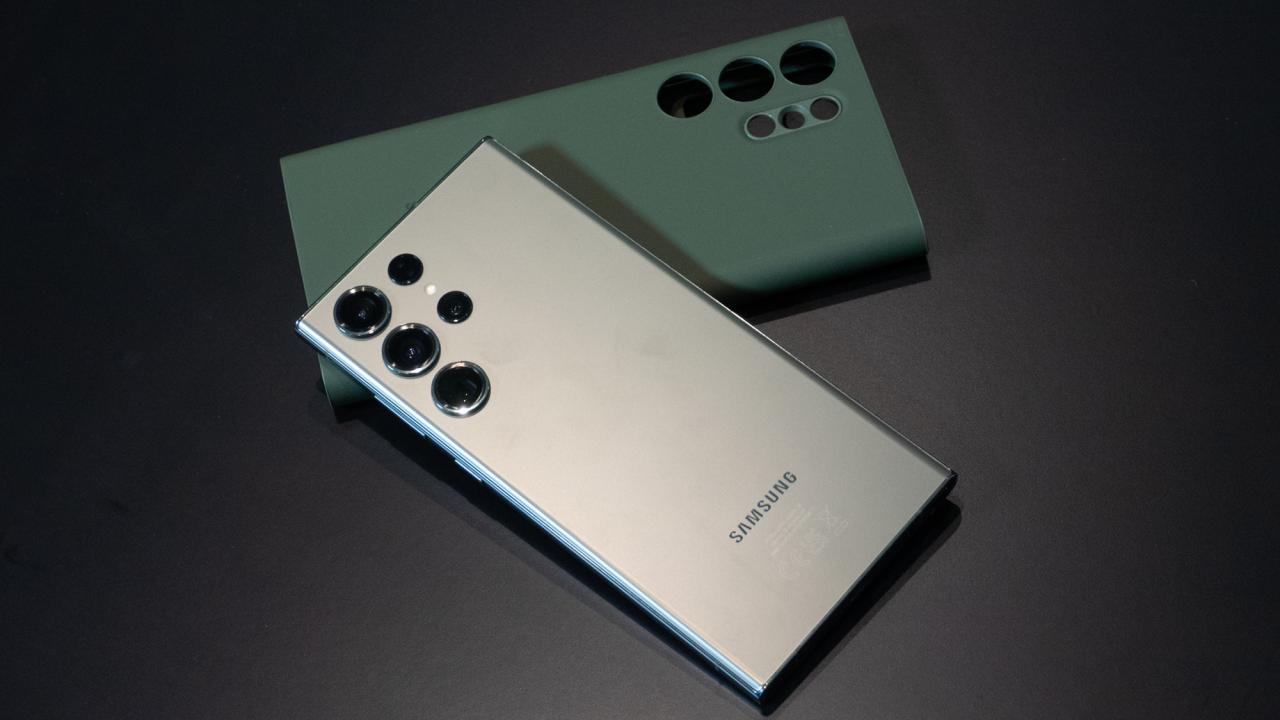samsung note7 sets the stage for this enthralling narrative, offering readers a glimpse into a story that is rich in detail and filled with technological innovation. Launched amidst great anticipation, the Note7 was initially celebrated for its advanced features and sleek design, but soon faced an unexpected crisis that would ignite a global conversation about consumer safety and corporate responsibility.
From its promising debut with cutting-edge battery technology to the shocking incidents of battery failures, the Samsung Note7’s journey serves as both a technological milestone and a cautionary tale for the smartphone industry.
History of Samsung Note7
The Samsung Note7 was a high-profile smartphone that debuted amid significant anticipation and excitement. Launched in August 2016, it was positioned as a premium device that brought several innovative features to the market, but it was also marred by serious safety concerns shortly after its release.
The timeline leading to the launch of the Samsung Note7 began in early 2016, when Samsung started teasing the device at various tech conferences. This created buzz among tech enthusiasts and potential buyers. On August 2, 2016, Samsung officially unveiled the Note7 at an event in New York City, highlighting its sophisticated design, improved S Pen, and advanced camera capabilities. The initial market reception was overwhelmingly positive, with pre-orders exceeding expectations, showcasing the brand’s strong appeal and customer loyalty.
Technological Advancements Introduced with Note7
The Note7 introduced several cutting-edge features that set it apart from its predecessors and competitors. Notable advancements included:
- Dual-Edge Display: The Note7 featured a stunning 5.7-inch Super AMOLED display with a dual-edge design, offering an immersive viewing experience and enhanced usability.
- Improved S Pen: The S Pen received significant upgrades, including IP68 water and dust resistance, which allowed users to write or draw even in wet conditions. The pen was also designed with a finer tip for greater precision.
- Camera Enhancements: Equipped with a 12-megapixel rear camera, the Note7 boasted larger pixels for improved low-light performance, alongside features like optical image stabilization and a fast autofocus system.
- Biometric Security: The device introduced an iris scanner, providing an additional layer of security alongside the fingerprint scanner, which was particularly appealing to users concerned about data privacy.
- Fast Charging Technology: The Note7 supported both wired and wireless fast charging, reducing downtime and enhancing user convenience.
The combination of these features positioned the Note7 as a leader in smartphone technology at the time, attracting both reviews and consumer interest. However, the initial enthusiasm was soon overshadowed by critical safety issues that emerged shortly after the launch.
Technical Specifications and Features: Samsung Note7

The Samsung Galaxy Note7 was a groundbreaking smartphone that revolutionized the mobile industry with its advanced specifications and innovative features. Released in 2016, it was positioned as a successor to the Note5, bringing with it a host of improvements that catered to both productivity and entertainment. This section delves into its technical specifications, compares them with its predecessors, and highlights the features that distinguished it in a crowded market.
Comparison of Specifications with Predecessors
To appreciate the advancements in the Note7, it’s essential to compare its specifications with those of its direct predecessor, the Galaxy Note5, and the preceding model, the Galaxy Note4. The following table Artikels key specifications that underscore the differences:
| Specification | Galaxy Note4 | Galaxy Note5 | Galaxy Note7 |
|---|---|---|---|
| Display | 5.7″ Super AMOLED, 1440 x 2560 | 5.7″ Super AMOLED, 1440 x 2560 | 5.7″ Super AMOLED, 1440 x 2560, curved edges |
| Processor | Quad-core 2.7 GHz Krait 450 | Octa-core 2.1 GHz Cortex-A57 & 1.5 GHz Cortex-A53 | Octa-core 2.3 GHz Cortex-A72 & 1.6 GHz Cortex-A53 |
| RAM | 3 GB | 4 GB | 4 GB |
| Storage Options | 32/64 GB, expandable | 32/64/128 GB, not expandable | 64 GB, expandable |
| Camera (Rear) | 16 MP | 16 MP | 12 MP with Dual Pixel technology |
| Battery | 3220 mAh | 3000 mAh | 3500 mAh |
| Water Resistance | No | No | IP68 rated |
The Note7 featured a stunning curved display that enhanced the user experience, providing more immersive viewing angles. It also upgraded the camera with Dual Pixel technology, improving autofocus and low-light performance. With a larger battery capacity of 3500 mAh, it offered better endurance for heavy users.
Innovative Features of Note7
The Galaxy Note7 introduced several innovative features that set it apart from competitors and earlier models. These advancements not only enhanced user convenience but also improved functionality significantly.
- IRIS Scanner: The Note7 was among the first smartphones to include an iris recognition feature, allowing users to unlock their device securely and conveniently using their eyes.
- S Pen Enhancements: The S Pen received significant improvements, including a new Air Command feature that enabled users to interact with the device without touching the screen. New functionalities such as smart select and screen write were also introduced.
- HDR Video Capture: The camera on the Note7 supported HDR video recording, offering better color and contrast in videos.
- Samsung DeX Compatibility: The Note7 was designed to be compatible with Samsung DeX, allowing users to connect their phone to a monitor and use it like a desktop computer.
These features positioned the Note7 as not just a smartphone but a versatile tool for both professionals and casual users alike.
Battery Technology and Implications
Battery technology in smartphones has always been a critical aspect, and the Note7 was no exception. The device was equipped with a 3500 mAh battery, utilizing Samsung’s innovative battery technology aimed at enhancing performance while maintaining safety.
The battery used in the Note7 employed a dual-cell configuration, which allowed for faster charging and improved battery life. Alongside this innovation came the support for fast charging and wireless charging, ensuring users could spend less time tethered to a wall outlet.
The Samsung Galaxy Note7’s battery technology was designed to balance performance and safety, although it later faced scrutiny due to safety concerns.
However, the Note7’s battery technology also led to significant controversy, as reports of battery explosions surfaced, prompting a major recall. This incident highlighted the importance of rigorous testing and quality control in advanced battery technologies.
Issues and Controversies

The Samsung Galaxy Note7 experienced a tumultuous history marked by serious safety concerns stemming from battery failures. These incidents not only led to product recalls but also significantly impacted Samsung’s reputation in the global smartphone market. Understanding the chronology and nature of these issues provides insight into the challenges faced by the company during this crisis.
Chronological Account of Battery Failure Incidents, Samsung note7
The battery issues with the Samsung Note7 began shortly after its launch in August 2016. The timeline of critical events is as follows:
- August 2016: The Galaxy Note7 was released to much fanfare, featuring cutting-edge specifications and features that positioned it as a flagship device.
- September 2016: Reports of battery explosions and fires began surfacing. The incidents prompted Samsung to initiate a voluntary recall of 2.5 million devices.
- October 2016: Replacement devices were issued, but several users reported that the new batteries also exhibited similar problems. This led to a second recall of the Note7.
- October 11, 2016: Samsung officially announced the discontinuation of the Galaxy Note7, advising users to power down their devices and return them for a refund or exchange.
- December 2016: The company began an extensive investigation into the root cause of the battery failures, which revealed issues related to battery design and manufacturing defects.
Measures Taken by Samsung to Address Safety Concerns
In response to the catastrophic battery failures, Samsung implemented various measures aimed at restoring consumer trust and enhancing safety protocols. These actions included:
- Recall and Replacement: The company first initiated a recall and offered to replace devices with new units that were supposed to feature safer batteries.
- Battery Testing and Quality Assurance: Samsung established an extensive battery safety program, including rigorous testing protocols that encompassed comprehensive evaluations to ensure reliability and safety in future devices.
- Collaboration with External Experts: The company engaged third-party organizations and experts to conduct thorough investigations and audits of their manufacturing processes.
- Public Transparency: Samsung publicly communicated the findings of their investigations and the steps they were taking to prevent similar occurrences in the future, signaling a commitment to transparency.
Impact on Samsung’s Brand Reputation
The Note7 controversy had a profound effect on Samsung’s brand image. The incidents raised significant concerns about the safety of their devices and led to a decline in consumer confidence. Key impacts included:
- Immediate Financial Loss: Samsung faced substantial financial setbacks due to recall costs, loss of sales, and legal liabilities, amounting to billions of dollars.
- Long-Term Brand Perception: The incidents altered public perception, with many consumers questioning the reliability of Samsung’s products, which were previously associated with quality and innovation.
- Market Position: Competitors capitalized on the situation, gaining market share as consumers shifted their loyalty to brands perceived as safer alternatives.
- Increased Regulatory Scrutiny: The company faced heightened scrutiny from regulators and industry watchdogs, leading to stricter regulations around battery safety in mobile devices.
Legacy and Lessons Learned

The Samsung Galaxy Note7 incident marked a pivotal moment in the smartphone industry, setting a precedent for safety standards and corporate responsibility. The fallout from this crisis not only impacted Samsung’s reputation but also reshaped the approaches of manufacturers worldwide in terms of product safety and customer relations.
The long-term effects of the Note7 incident have been profound, prompting a reevaluation of safety protocols and manufacturing practices across the industry. The event brought to light the critical importance of rigorous testing and quality assurance processes. As a direct response to the crisis, various changes and strategies have been implemented by Samsung and the broader smartphone market to prevent similar occurrences in the future.
Changes Implemented by Samsung in Subsequent Models
In the aftermath of the Note7 debacle, Samsung undertook significant changes to restore its brand image and ensure consumer safety. The following measures were implemented in subsequent models:
- Enhanced Battery Safety: Samsung introduced a multi-layer safety protocol for batteries, including thorough testing under extreme conditions and a new battery design to minimize overheating risks.
- Increased Quality Control Measures: The company adopted stricter quality assurance practices throughout the manufacturing process to ensure that every device met high safety standards.
- Comprehensive Recall Processes: Samsung established a clearer, faster recall procedure for any potential safety issues, ensuring transparency and rapid response to consumer concerns.
- Collaboration with Third-Party Experts: The company began working with external safety experts and organizations to conduct thorough evaluations of its products before market release.
- Consumer Education Initiatives: Samsung launched campaigns aimed at educating users on battery care and symptoms of battery malfunction, empowering customers to recognize issues early.
Consumer Trust Rebuilding Strategies
Post-Note7, Samsung recognized the necessity of rebuilding consumer trust and confidence in its products. The company adopted several strategies aimed at restoring its reputation:
- Transparent Communication: Samsung committed to open dialogue with customers regarding product safety and incidents, ensuring that information was readily available and easily accessible.
- Customer-Centric Policies: The introduction of consumer-friendly policies, such as extended warranties and hassle-free returns, was aimed at demonstrating dedication to customer satisfaction.
- Product Safety Conferences: Samsung organized public forums and conferences to address safety concerns directly, allowing consumers to voice concerns and hear from company representatives.
- Increased Investment in R&D: The company significantly increased funding in research and development focused on battery technology and safety innovations, showcasing its commitment to improvement.
- Community Outreach Programs: Samsung engaged in various community initiatives and corporate social responsibility programs to foster goodwill and re-establish its presence positively in society.
The Note7 incident served as a catalyst for change, compelling manufacturers to prioritize consumer safety and redefine industry standards for mobile technology.
FAQs
What caused the battery failures in the samsung note7?
The battery failures were primarily due to manufacturing defects that led to overheating and, in some cases, combustion.
How did Samsung respond to the controversies surrounding the note7?
Samsung issued a global recall, replaced the faulty devices, and implemented new safety measures to prevent similar issues in future models.
What impact did the note7 incident have on Samsung’s reputation?
The incident severely impacted Samsung’s brand reputation, leading to a decline in consumer trust that the company has worked hard to rebuild through transparency and innovation.
What lessons did the smartphone industry learn from the note7 saga?
The industry learned the critical importance of stringent quality control, thorough testing before launch, and the need for prompt action in addressing safety issues.
Did the samsung note7 influence future smartphone designs?
Yes, the note7 incident prompted manufacturers to prioritize battery safety and implement more rigorous testing protocols in future smartphone designs.
The Samsung S9 Plus remains a popular choice for those who appreciate a blend of style and performance. Its sleek design and powerful camera capabilities make it a reliable device for capturing stunning photos and enjoying seamless multitasking. This smartphone has set a standard for premium features that many users still admire today.
When it comes to high-end smartphones, the Samsung Galaxy S10 Plus stands out with its innovative features and impressive display. With a focus on user experience, this device offers excellent battery life and top-notch camera performance, making it perfect for both casual users and tech enthusiasts alike.